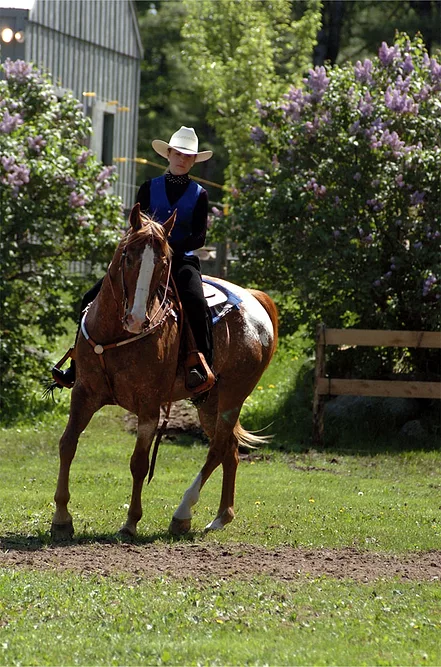American Farriers Journal
American Farriers Journal is the “hands-on” magazine for professional farriers, equine veterinarians and horse care product and service buyers.

Farriers who shoe Western Performance Horses say it’s important to know what work the horse will be doing and to look at the rest of the foot before you decide how you’ll shoe it to deal with long toes and underrun heels.
Many horses tend to have underrun heels, in which the main support for the foot grows out from under them. The toe is often too long and the hoof angle broken backward, putting too much weight on the heels, which tend to become low and squashed.
The long toe and underrun heel puts more stress on the deep flexor tendon and also the navicular bone and bursa. The problem also increases toe-first impact when the foot hits the ground. Toe cracks are more common with this type of foot imbalance.
Several studies have shown that this abnormal foot condition in athletic horses puts the horse at greater risk for leg injuries. A 1998 study done at the University of California-Davis found that underrun heels are directly correlated to catastrophic failure of the suspensory ligament support apparatus, resulting in tearing of the suspensory ligament, fracture of the sesamoid bones and other serious injuries.
A study at Colorado State University showed that underrun heels and a long toe in racehorses increased the risks for knee injuries in the front legs and increased the risk for fetlock joint injuries in the hind legs.
Toe angle and heel angle ideally should match. If the slope of the heel…